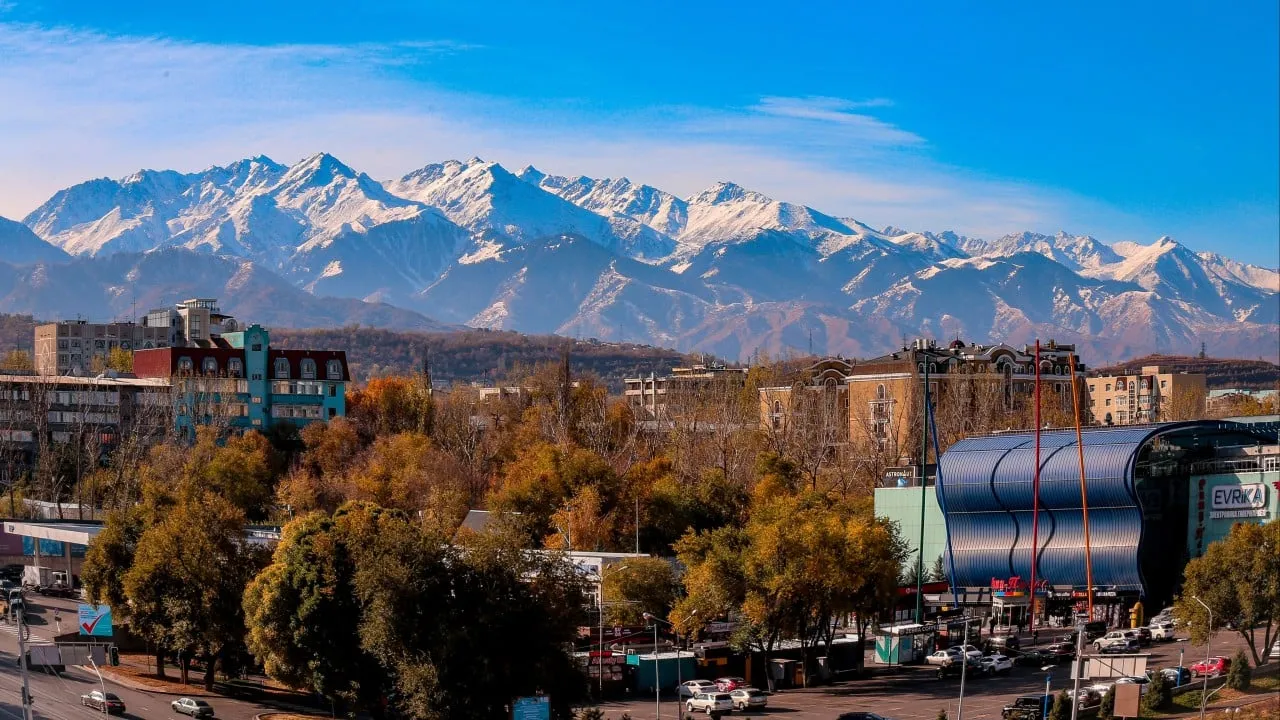Central Asia: The Key to Unlocking Logistics Challenges for China and the EU

Central Asia's Crucial Role in Logistics
In 2023, as China maintains a thriving trade relationship with the European Union worth €739 billion (US$799 billion), logistics remain a significant hurdle. With geopolitical tensions impacting traditional shipping routes, Central Asia’s infrastructure, particularly the China-Kyrgyzstan-Uzbekistan rail line, offers a potential solution.
Redefining Trade Paths
The redirection of shipping via the Cape of Good Hope has proven to be costly and time-consuming. The Middle Corridor, comprising the Trans-Caspian International Transport Route (TITR), is gaining traction as a faster, land-based alternative. This route decreases transit times drastically, making it more attractive for European-bound goods.
- The TITR connects critical points across Kazakhstan, Azerbaijan, Georgia, and Turkey.
- China Railway Container Transport Corporation's involvement indicates robust commitment to this initiative.
- Plans to develop Anaklia port in Georgia further reflect strategic investments in the region.
Infrastructure Developments
Kazakhstan's current investment in rail infrastructure and Uzbekistan's planning for new rail linkages underscore the opportunities at hand. These ventures not only bypass Russia but also foster closer ties between Central Asian countries and China, enhancing regional trade capabilities.
- The anticipated rail line is projected to boost trade by improving cargo transport capacity dramatically.
- Investments totaling US$3.7 billion aim to enhance connections along the TITR.
- Strengthened ties with countries like Azerbaijan and Georgia provide a counterbalance to Russian influence.
A Future Reimagined
Ultimately, the evolving logistics landscape presents immense potential for Central Asia to serve as a linchpin for connecting Europe and Asia, aligning with ancient trade routes while fostering new economic collaborations. As these developments unfold, Central Asia stands poised not just as a transit hub, but as a crucial player influencing global trade dynamics.
This article was prepared using information from open sources in accordance with the principles of Ethical Policy. The editorial team is not responsible for absolute accuracy, as it relies on data from the sources referenced.